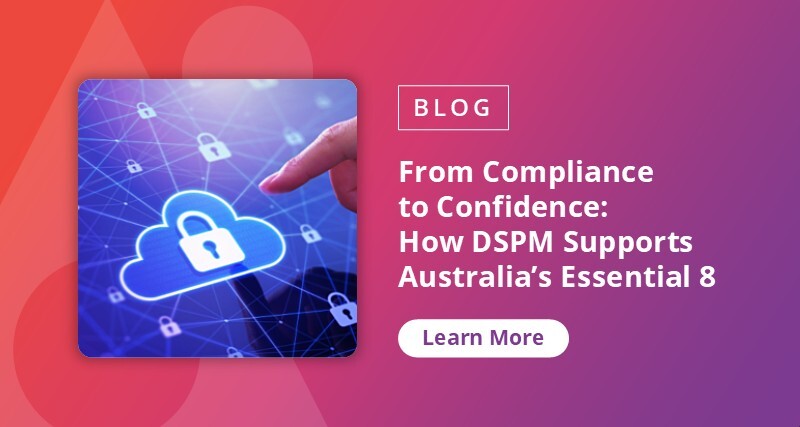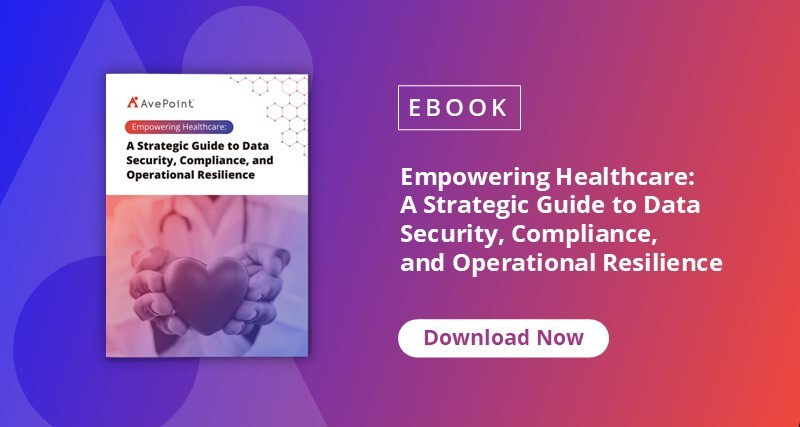As cyberattacks and technologies continue to evolve, we are all learning that secure health records are the real foundation of healthcare’s value, and the numbers tell a clear story. In just the first half of 2024, the Office of the Australian Information Commissioner (OAIC) reported 527 data breach notifications, with healthcare service providers topping the list at 102 notifications; that comprises 19% of all breaches. The Medibank data breach, which put the privacy of 9.7 million Australians on the line, demonstrates just how vulnerable the sector has become.
Australian healthcare providers find themselves in a cat-and-mouse game with malicious actors. While healthcare workers are embracing AI and digital transformation to improve patient care, there is ongoing pressure to protect electronic medical records (EMRs), and meet OAIC and My Health Records Act guidelines. Meanwhile, cybercriminals are getting more sophisticated by the day. This reality underscores why robust data security posture management (DSPM) has become essential not only for compliance but also for maintaining the patient trust that healthcare depends on.
Current Challenges in Australian Healthcare
Before exploring the benefits of DSPM, we must first look at the hurdles faced by Australia’s healthcare organisations. While these issues are varied, they also shed light on new and exciting ways healthcare providers can accelerate transformation and embed cybersecurity principles in daily operations.
Outdated Systems Undermining Cyber Safety
Inefficient technologies have a serious impact beyond just making daily operations challenging; they cause organisations to lose anywhere from 20% to 30% of revenue annually. Despite this, there’s an appetite for change: Deloitte reports that 50% of Australia’s healthcare workforce trust automation and integrated technologies to optimise patient care, while 74% believe reducing administrative tasks would enable them to focus on higher-value work. The potential is significant.
According to the Australian Government’s Productivity Commission, integrating digital technology into healthcare can save more than AU$5 billion annually. However, outdated systems create misconfigurations, vulnerabilities, and breaches that put sensitive health data at serious risk. About 60% of cyber incidents occur due to unpatched vulnerabilities, demonstrating that while digital transformation remains imperative, not all organisations may be prepared for effective execution.

Disconnected Data, Disjointed Care
Australia’s healthcare landscape includes over 1.1 million individual private and public healthcare organisations serving nearly 27 million Australians. While the My Health Record system helps Australians access their health data, not all providers are required to upload information. The Department of Health and Aged Care also reports that health information collection and storage is scattered “across thousands of clinical information systems.” Despite an AU$2 billion investment in My Health Record, patient data remains disconnected.
Have you ever walked into a hospital and found that your medical history from another facility isn’t available, leaving you to repeat tests or provide incomplete information? This is the reality of fragmented systems. EMR systems face interoperability issues since they don’t all communicate with each other — creating gaps, duplications, and misconfigurations. Without a unified digital infrastructure, Australian healthcare providers face ongoing hurdles in delivering seamless and secure care.
Complex Regulations and Compounded Risk
Australia’s healthcare system is comprised of a surprising maze of overlapping regulations. For example, at the federal level, healthcare providers must comply with the Australian Privacy Act 1988 and the My Records Act 2012, which determine how personal and health data should be handled.
But state-level laws add yet another layer. In Victoria, health organisations must abide by the Health Records Act 2001, which grants individuals the right to access and control their health records. Healthcare providers must also follow requirements on strong data security as mandated by the Privacy and Data Protection Act 2014. Meanwhile, both standards set by the Public Record Office Victoria (PROV) and the Victorian Electronic Records Strategy (VERS) provide a guide on how to manage and preserve digital records over time.
While all these regulations are vital, their complexity creates real friction. The lack of a unified framework leaves healthcare organisations to interpret and implement multiple rules with conflicting requirements. This requires more time spent on compliance, creates more room for error, and more importantly, leaves more exposure to risk. For a sector already stretched thin by legacy systems and rising cyberattacks, navigating this regulatory puzzle makes secure, compliant care delivery more challenging than it has to be.
How DSPM Addresses Healthcare-Specific Challenges
How do we ensure secure healthcare data management? By zeroing in on long-standing information challenges, DSPM can effectively address roadblocks to transforming Australia’s health system.
Strengthening Defenses Where It Matters
DSPM tools reveal misconfigurations and shadow data that fall through the cracks of fragmented electronic medical records, while monitoring capabilities to detect unauthorised access and unusual data movement for real-time threat detection. Given the legacy of Australia’s healthcare systems, DSPM can identify unpatched software and outdated configurations, which often serve as entry points for ransomware and phishing attacks. DSPM also continuously classifies sensitive health data as it moves between departments, providers, and platforms.
As for compliance, DSPM maps sensitive information to specific regulatory requirements, helping reduce the risk of accidental violations. More importantly, it enables continuous risk assessment so providers can act on vulnerabilities before they become breaches.
Integration with Existing Frameworks
Australian healthcare providers can maximise DSPM’s impact by aligning it with established cybersecurity and privacy standards. With this approach, the following are the key things to consider:
- ISO/IEC 27001. DSPM can complement this globally recognised standard for managing information security risks by automating data discovery, classification, and access control — all of which are non-negotiables in ISO 27001’s risk-based approach.
- Essential 8. Developed by the Australian Cyber Security Centre (ACSC), the Essential 8 framework outlines baseline mitigation strategies. DSPM enhances compliance by uncovering data exposures and misconfigurations, enabling healthcare providers to proactively address security gaps across the Essential 8’s maturity levels through continuous risk visibility and control.
- NDB scheme. The Australian government, through the Notifiable Data Breaches (NDB) scheme, requires organisations to inform individuals and the OAIC when an information breach potentially leads to serious harm. DSPM can streamline this process by automating core security areas like breach detection, impact analysis, and reporting workflows. In addition to ensuring timely and accurate breach disclosure, this automation reduces manual overhead.
While DSPM provides an opportunity for better alignment with these frameworks, it also empowers the Australian healthcare system to exceed basic compliance standards, which has a substantial effect on the provider-patient relationship.

Building Trust Into Digital Care
At the end of the day, patient care is the utmost priority for Australia’s healthcare. With digitally powered systems, a robust security approach like DSPM has a direct impact on safeguarding and improving the quality of care. By securely integrating diverse data sources such as EMRs, allied health services, and specialist inputs, DSPM empowers multidisciplinary caregiving teams to share and access comprehensive patient information with confidence.
Accurate data that improves decision-making is vital in an industry like healthcare. By continuously monitoring data access and quality, DSPM ensures that healthcare providers rely on accurate data, enhancing the reliability and integrity of information essential for diagnostic and treatment platforms.
DSPM simplifies security management by bringing scattered data systems – whether these are stored on-site, in the cloud, or across hybrid environments – under a unified view. Rather than feeling more burned out from juggling multiple security tools, healthcare providers can manage critical information from a single platform. This streamlined approach speeds up digital transformation initiatives like integrating AI-powered diagnostic tools, improving telehealth services, expanding remote patient care, and enforcing robust data security to ensure incidents like the Medibank breach don’t happen again.
Future-Proofing Australia's Healthcare Through DSPM
Looking ahead, cyberattacks will continue evolving at breathtaking speed. DSPM is proof that prevention is better than a cure. Rather than waiting for cyber incidents to occur, healthcare leaders can become proactive by integrating DSPM into their cybersecurity strategy. This ensures thorough compliance while also safeguarding the future of patient care. In an industry where quick decision-making can save lives, securing data is a matter of lifelong trust and good health.


